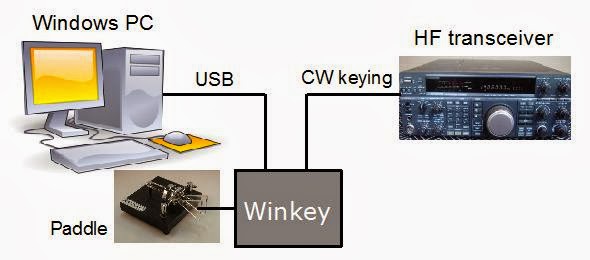I decided to build a dummyload with active cooling. A big heat-sink was found on Ebay.de. It was converted into a heat-duct and 2 large fans were fitted at one end. The heat duct was mounted vertically so that cold air can be taken in below, and hot air will be blown out on the top.
Two 800 W resistors, each 100 ohm, were connected in parallel to serve as one large 50 ohm resistor. The resistor array was covered by a metal box to avoid RF radiation. A heat sensor was employed so the heat sink temperature can be displayed on an external digital voltmeter.
 |
| 1 kW dummy load. Two large fans provide cooling. |
The dummy load works to my satisfaction. The frequency range is 0 - 500 MHz. The SWR at
144 MHz is 1.3. I can now run SSPA tests at full power for long periods of time without overheating.
73 from OZ1BXM Lars Petersen
Homepage: oz1bxm.dk






